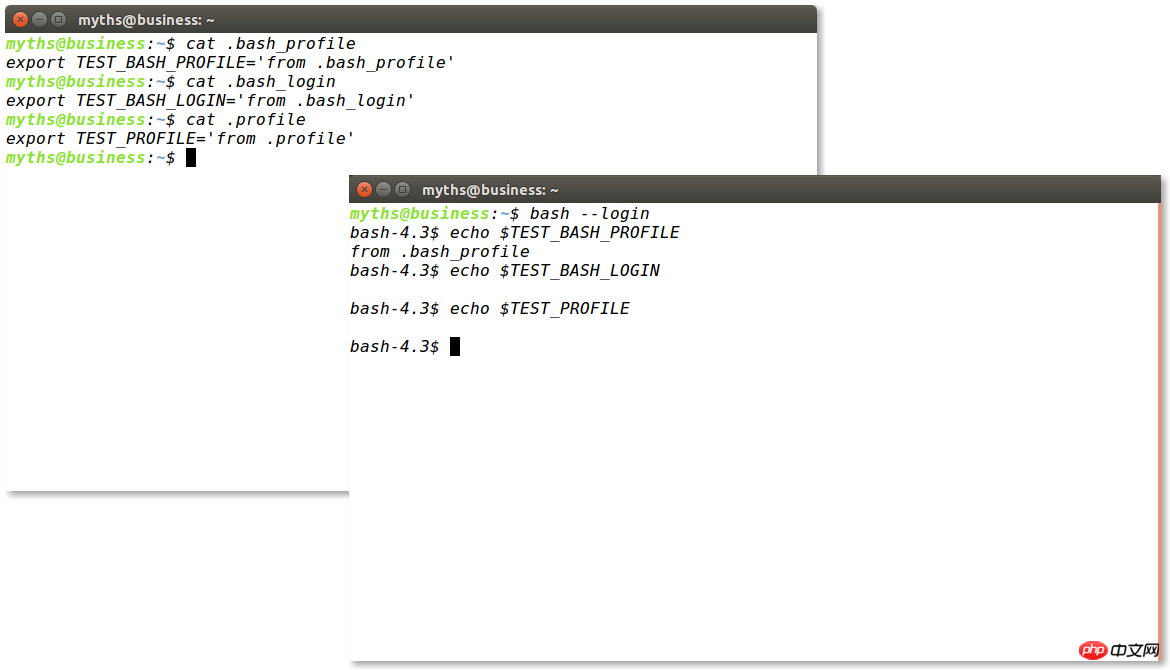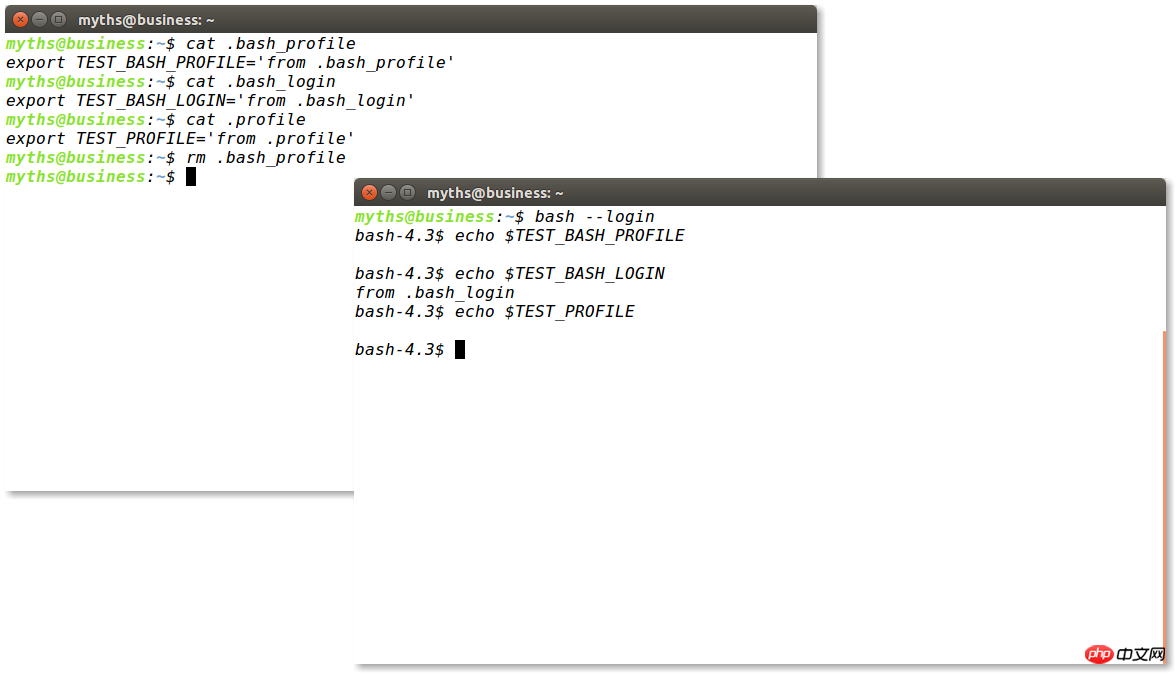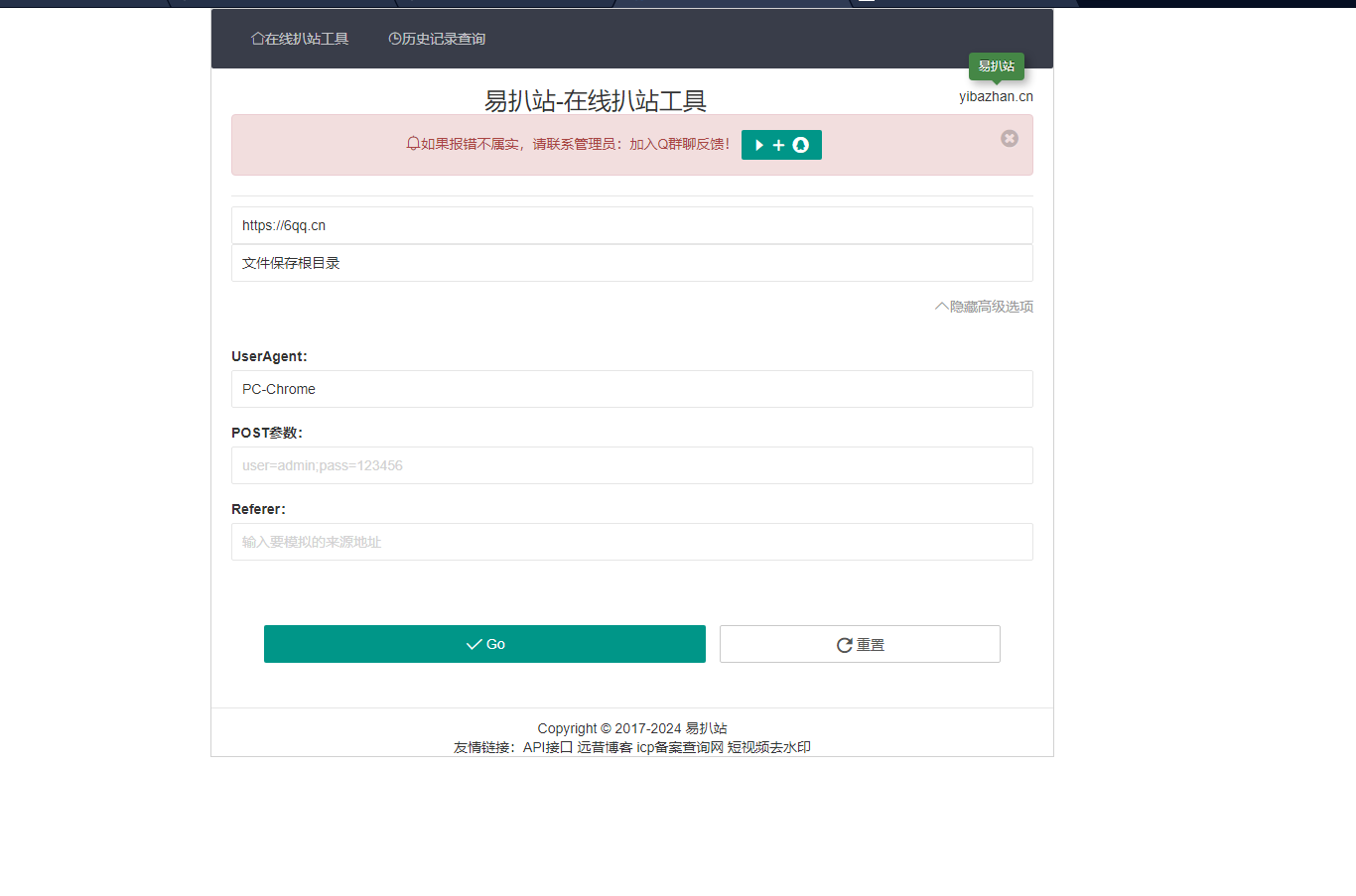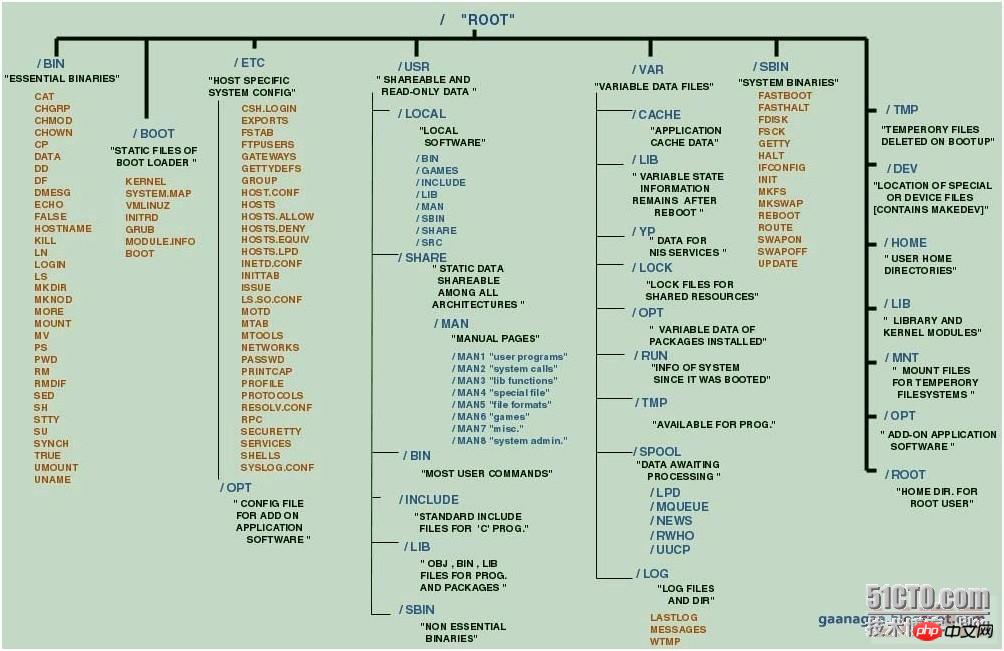linux中環境變量包括系統級和用戶級,系統級的環境變量是每個登錄到系統的用戶都要讀取的系統變量,而用戶級的環境變量則是該用戶使用系統時加載的環境變量。所以下面這篇文章主要給大家介紹了關于linux中環境變量配置的相關資料,需要的朋友可以參考下。
簡介
我們大家在平時使用Linux的時候,經常需要配置一些環境變量,這時候一般都是網上隨便搜搜就有人介紹經驗的。不過問題在于他們的方法各不相同,有人說配置在/etc/profile里,有人說配置在/etc/environment,有人說配置在~/.bash_profile里,有人說配置在~/.bashrc里,有人說配置在~/.bash_login里,還有人說配置在~/.profile里。。。這真是公說公有理。。。那么問題來了,Linux到底是怎么讀取配置文件的呢,依據又是什么呢?下面這篇文章就來給大家詳細的介紹下,一起來看看吧。
文檔
我一向討厭那種說結論不說出處的行為,這會給人一種“我憑什么相信你”的感覺。而且事實上沒有出處就隨便議論得出的結論也基本上是人云亦云的。事實上,與其去問別人,不如去問文檔。 找了一會,發現關于環境變量配置的相關文檔其實是在bash命令的man文檔里,畢竟我們常用的就是這個shell。
在$man bash里,我發現了下面的一段文字:
INVOCATION ??A?login?shell?is?one?whose?first?character?of?argument?zero?is?a?-,?or ??one?started?with?the?--login?option. ??An?interactive?shell?is?one?started?without?non-option?arguments?and ??without?the?-c?option?whose?standard?input?and?error?are?both?connected ??to?terminals?(as?determined?by?isatty(3)),?or?one?started?with?the?-i ??option.?PS1?is?set?and?$-?includes?i?if?bash?is?interactive,?allowing ??a?shell?script?or?a?startup?file?to?test?this?state. ??The?following?paragraphs?describe?how?bash?executes?its?startup?files. ??If?any?of?the?files?exist?but?cannot?be?read,?bash?reports?an?error. ??Tildes?are?expanded?in?filenames?as?described?below?under?Tilde?Expan‐ ??sion?in?the?EXPANSION?section. ??When?bash?is?invoked?as?an?interactive?login?shell,?or?as?a?non-inter‐ ??active?shell?with?the?--login?option,?it?first?reads?and?executes?com‐ ??mands?from?the?file?/etc/profile,?if?that?file?exists.?After?reading ??that?file,?it?looks?for?~/.bash_profile,?~/.bash_login,?and?~/.profile, ??in?that?order,?and?reads?and?executes?commands?from?the?first?one?that ??exists?and?is?readable.?The?--noprofile?option?may?be?used?when?the ??shell?is?started?to?inhibit?this?behavior. ??When?a?login?shell?exits,?bash?reads?and?executes?commands?from?the ??file?~/.bash_logout,?if?it?exists. ??When?an?interactive?shell?that?is?not?a?login?shell?is?started,?bash ??reads?and?executes?commands?from?/etc/bash.bashrc?and?~/.bashrc,?if ??these?files?exist.?This?may?be?inhibited?by?using?the?--norc?option. ??The?--rcfile?file?option?will?force?bash?to?read?and?execute?commands ??from?file?instead?of?/etc/bash.bashrc?and?~/.bashrc. ??When?bash?is?started?non-interactively,?to?run?a?shell?script,?for ??example,?it?looks?for?the?variable?BASH_ENV?in?the?environment,?expands ??its?value?if?it?appears?there,?and?uses?the?expanded?value?as?the?name ??of?a?file?to?read?and?execute.?Bash?behaves?as?if?the?following?com‐ ??mand?were?executed: ????if?[?-n?"$BASH_ENV"?];?then?.?"$BASH_ENV";?fi ??but?the?value?of?the?PATH?variable?is?not?used?to?search?for?the?file‐ ??name.
通過這段文字,我們發現其實所謂的環境變量配置文件,就是在shell登陸的時候自動加載的那些文件。不過他所定義的登陸卻分為兩種:
-
login shell登陸。
-
interactive shell登陸。
login shell 登陸
所謂的login shell登陸,實際上就是指需要輸入密碼的登陸。具體的說,包括開機登陸、ssh登陸,或者是輸入bash –login這種“假裝自己輸入密碼登陸”的方式。 在這種登陸方式下,系統會先讀取/etc/profile文件,然后,系統會依次搜索~/.bash_profile、~/.bash_login、~/.profile 這三個文件,并運行只其中第一個存在的文件。 尤其要注意到后三個文件的“邏輯或”的關系。很多情況下我們會發現,明明已經修改了~/.profile文件為什么重新登陸后配置不生效呢?這是因為我們的系統可能存在了前面兩個文件中的一個,導致不會繼續讀取剩下的文件。
下面的三張圖很好的說明了這個問題:
 ?
?


interactive shell 登陸
所謂的interactive shell登陸,其實就是相對于login shell登陸而言的。我們平時在登陸后右鍵打開終端、或者CTRL+ALT+T打開終端都是interactive shell登陸。 在這種登陸方式下,系統會依次讀取/etc/bash.bashrc和~/.bashrc,并加以執行。 通常情況下,~/.bashrc文件里會默認記錄一些常量和一些別名,尤其是$PS1變量,這個變量決定著bash提示符的格式、樣式以及顏色等。
注意:
需要注意的是,這兩種登陸方式讀取的是不同的配置文件,而且互相之間沒有交集,因此當我們需要配置環境變量時,我們要根據自己的登陸方式將需要的變量配置到不同的文件里。 例如下面這個經典的問題。
典型問題
環境配置文件配置異常的例子是,當我用ssh登錄服務器的時候,發現提示符是這樣的:
bash-4.3$
沒錯,就像上面第三張圖片里的那個bash一樣,提示符非常奇怪,而且當輸入ls時文件和文件夾的顏色也沒有區分。 這個問題顯然是由于$PS1這個環境變量沒有配置,導致他用了默認值,雖然查看.bashrc文件時發現有$PS1這個變量的定義。,但是由于ssh屬于login shell,因此他在登陸時讀入的配置文件是/etc/profile一類的文件,并沒有讀入.bashrc。 導致這個問題的原因通常是我們誤刪除了/etc/profile里默認的配置文件,因此解決的辦法也很簡單。。。把.bashrc里的部分文件復制到/etc/profile里就行了。
這個問題給我們的啟示是,當我們為服務器配置變量時,盡量配置到/etc/profile里或者~/.bash_profile里,因為用ssh登錄服務器是基本上用不到.bashrc文件的;當我們給自己的電腦配置環境變量時,盡量配置到.bashrc里,因為這樣我們只要打開終端就會讀入這個文件,這樣就可以不用注銷就能應用配置了(只有注銷重新登錄才會應用/etc/profile一類的配置文件)。
總結
















